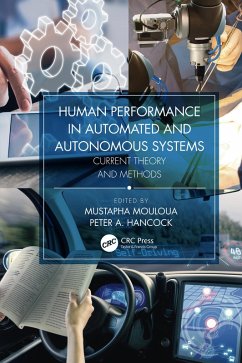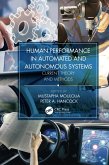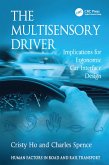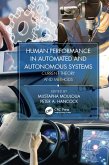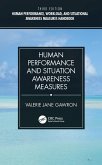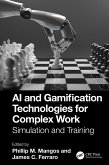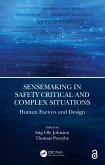The challenges related to attention and effort in autonomous vehicles described within give credence to still-developing methods of training and selecting operators of such unmanned systems. The book further recognizes the need for human-centered approaches to design; a carefully crafted automated technology that places the "human user" in the center of that design process.
Features
- Combines scientific theories with real-world applications where automated technologies are implemented
- Disseminates new understanding as to how automation is now transitioning to autonomy
- Highlights the role of individual and team characteristics in the piloting of unmanned systems and how models of human performance are applied in system design
- Discusses methods for selecting and training individuals to succeed in an age of increasingly complex human-machine systems
- Provides explicit benchmark comparisons of progress across the last few decades, and identifies future prognostications and the constraints that impinge upon these lines of progress
Human Performance in Automated and Autonomous Systems: Current Theory and Methods illustrates the modern scientific theories and methods to be applied in real-world automated technologies.
Dieser Download kann aus rechtlichen Gründen nur mit Rechnungsadresse in A, B, BG, CY, CZ, D, DK, EW, E, FIN, F, GR, HR, H, IRL, I, LT, L, LR, M, NL, PL, P, R, S, SLO, SK ausgeliefert werden.

